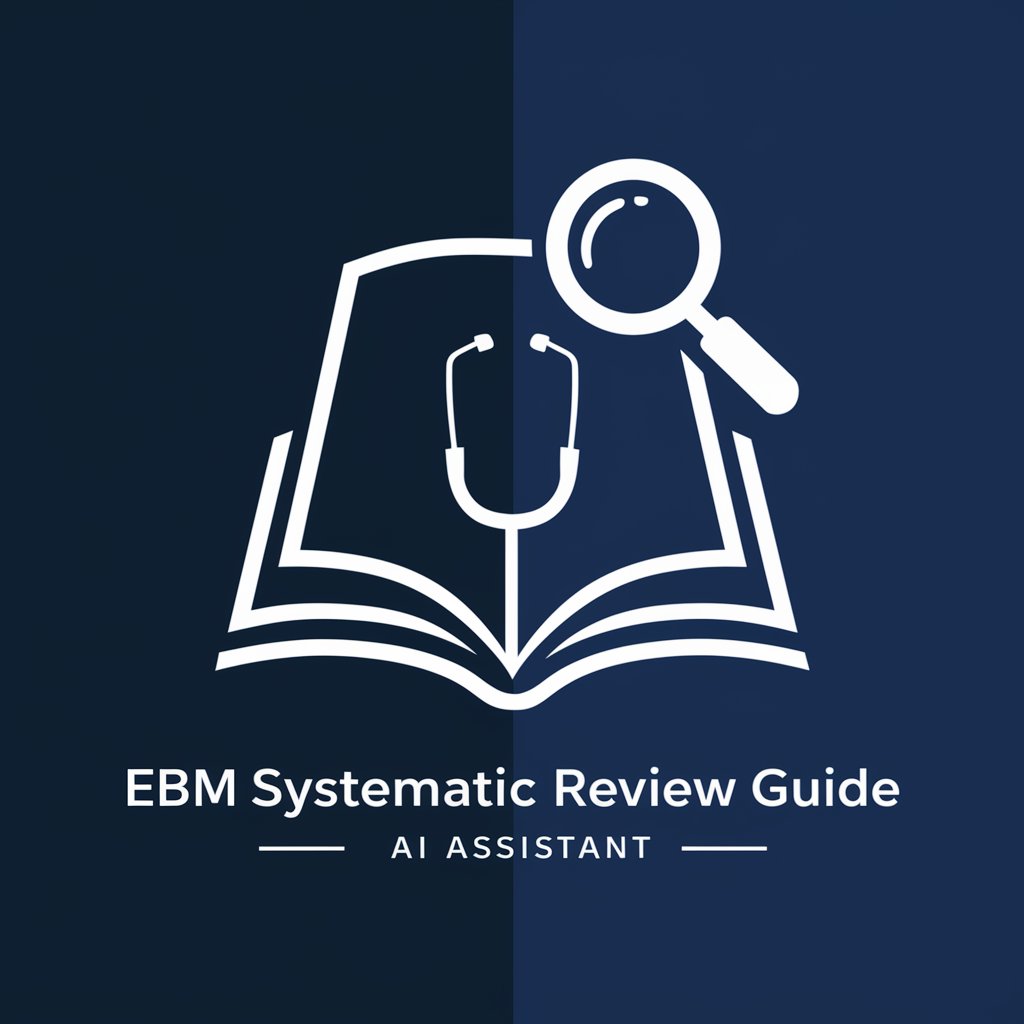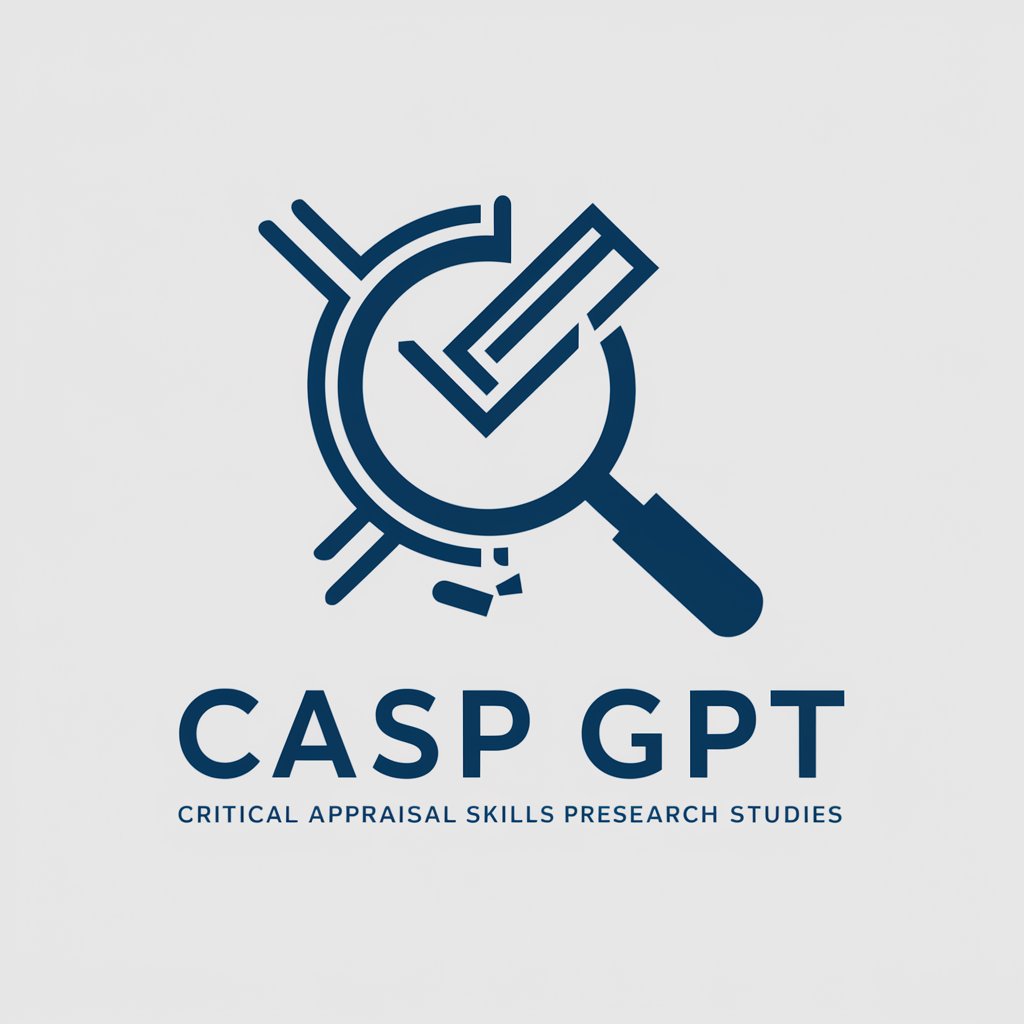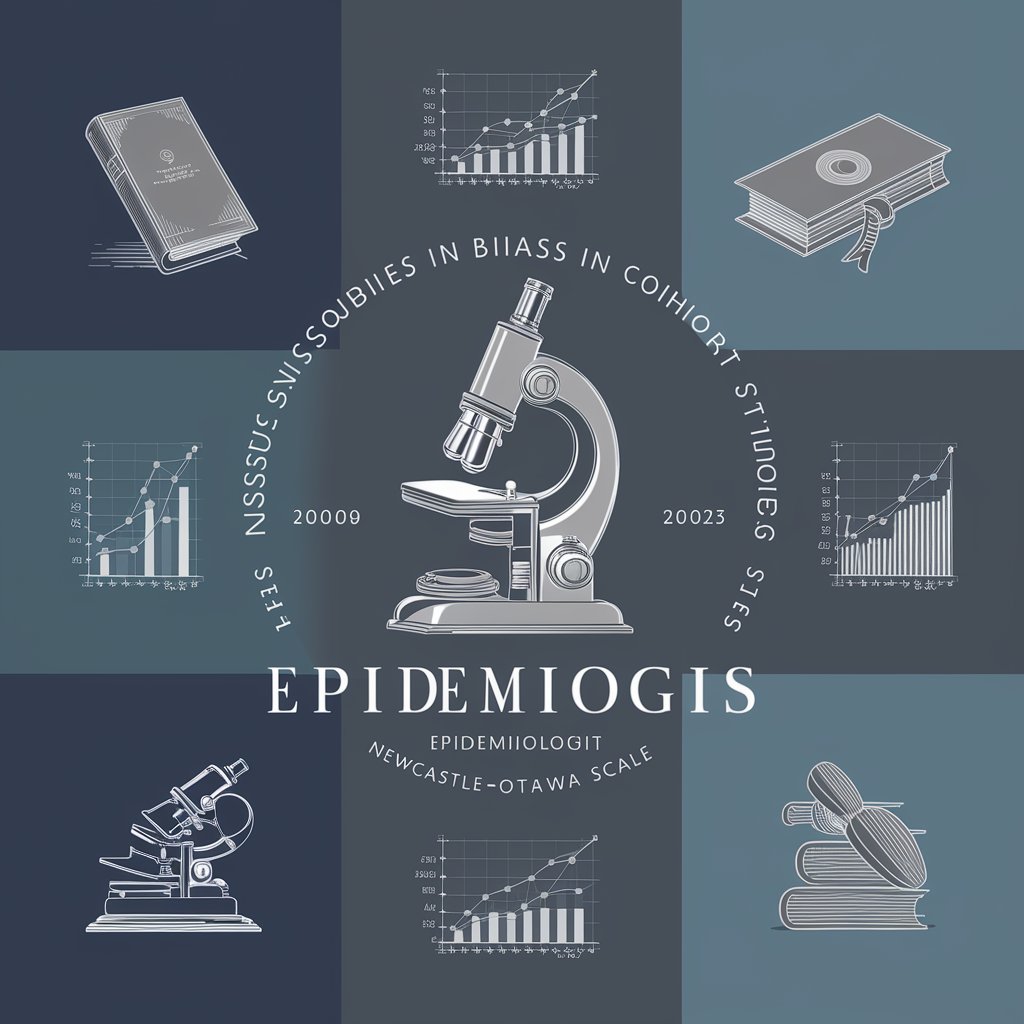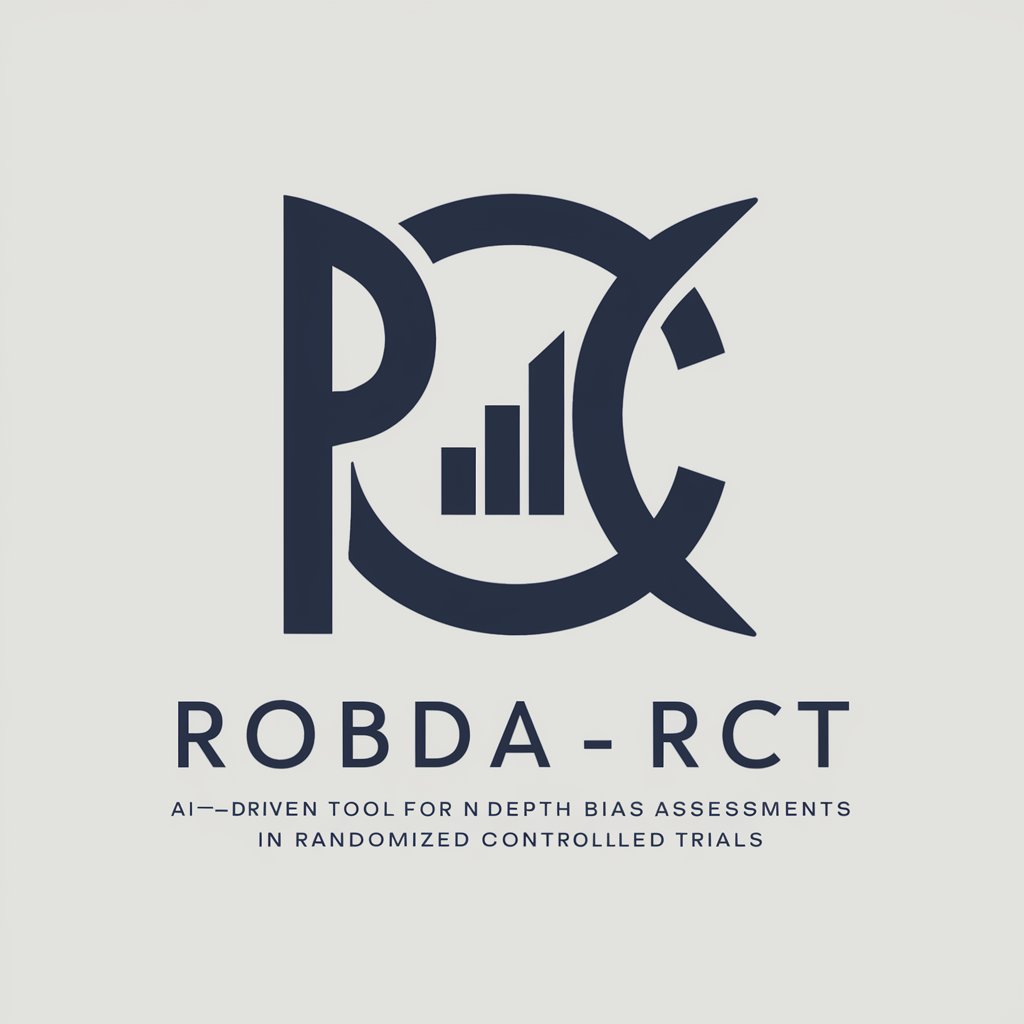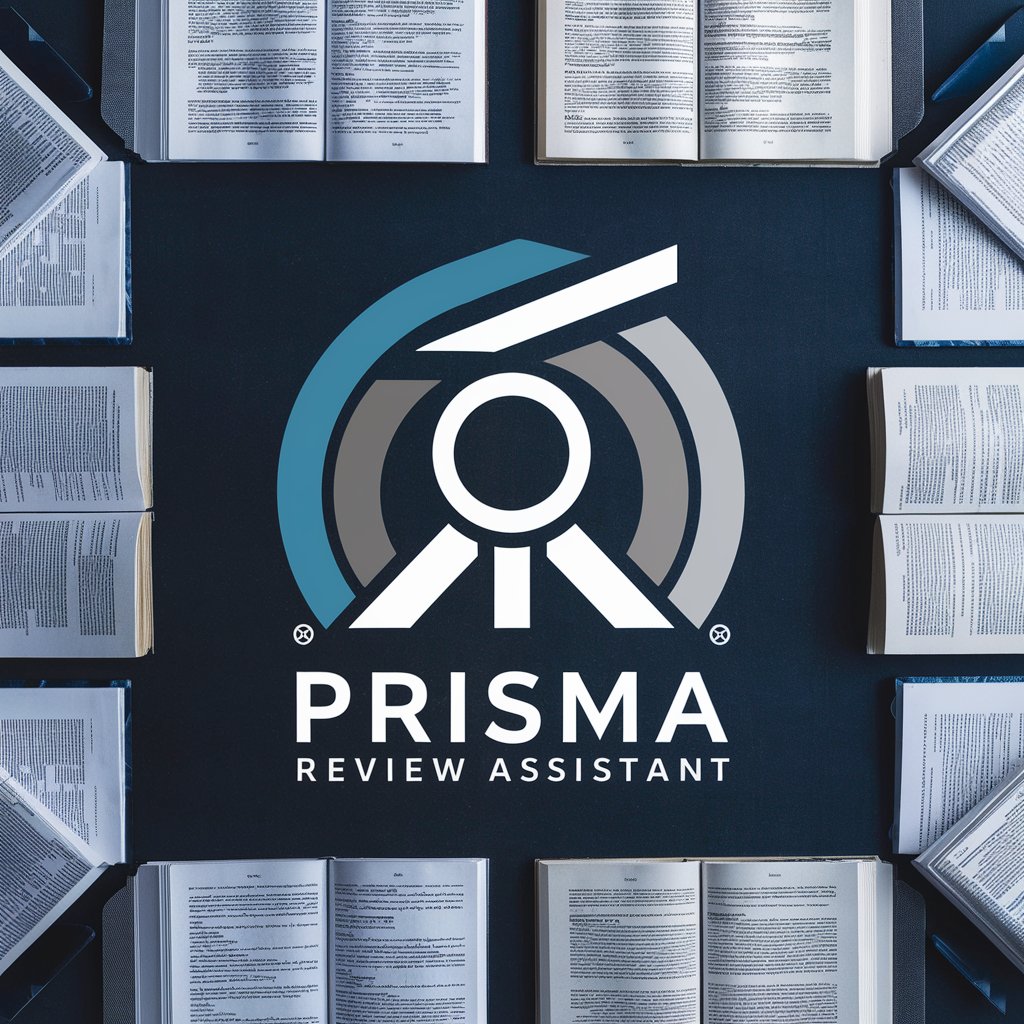
Guidelines risk of bias (AGREE-II) - Comprehensive Guideline Assessment
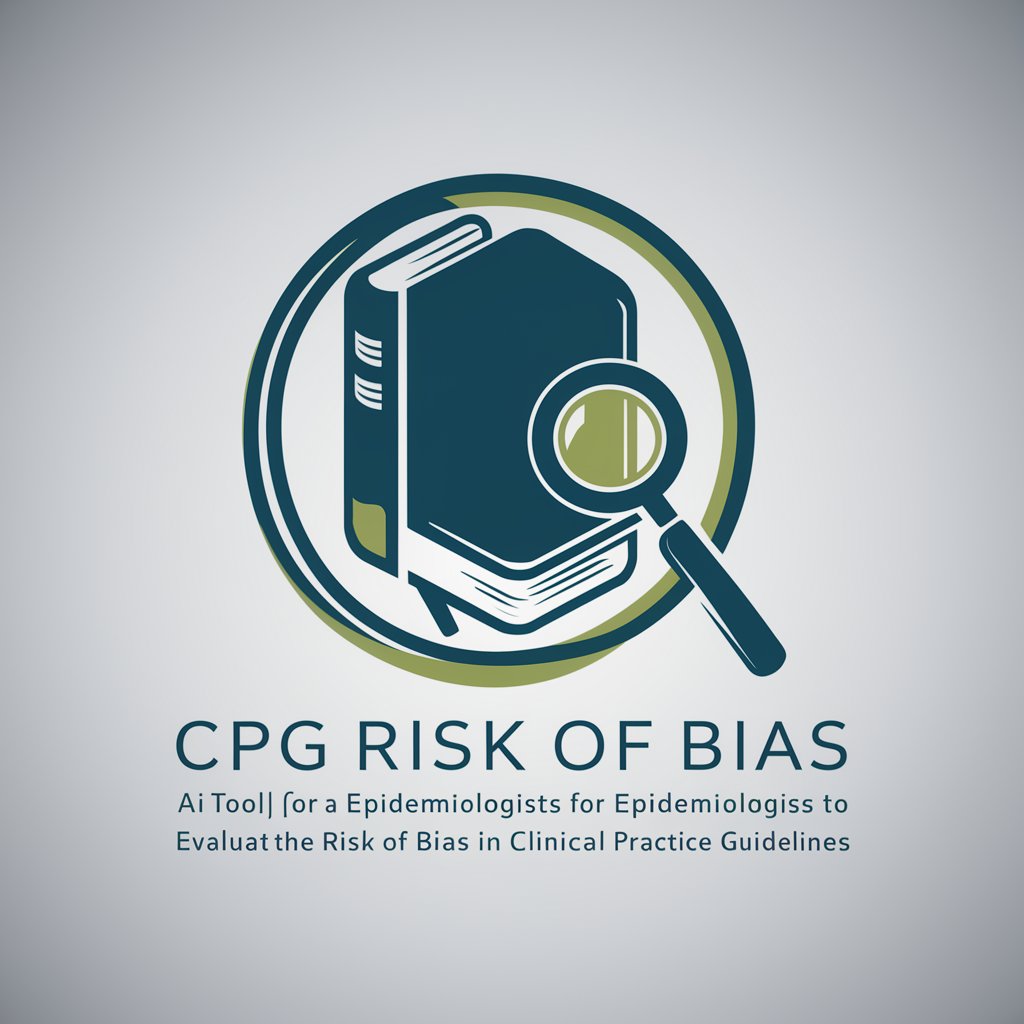
Welcome to the CPG Risk of Bias evaluation tool.
Elevate healthcare with AI-powered guideline evaluation.
Generate a summary of the AGREE-II instrument's purpose and application.
List the key domains evaluated by the AGREE-II tool.
Explain the scoring system used in the AGREE-II assessment.
Describe the importance of stakeholder involvement in the development of clinical practice guidelines.
Get Embed Code
Introduction to Guidelines Risk of Bias (AGREE-II)
AGREE-II, the Appraisal of Guidelines for Research & Evaluation II, is designed to assess the quality and reduce the risk of bias in clinical practice guidelines. Its purpose is multifaceted, aiming not only to evaluate guidelines critically but also to provide a methodological framework for their development, ensuring the clarity and transparency of health recommendations. AGREE-II is particularly significant in contexts where the benefits of clinical guidelines hinge on their methodological quality. For instance, it would apply in a scenario where a healthcare institution seeks to adopt new guidelines for managing a common condition like diabetes. The institution would use AGREE-II to ensure the guidelines are well-founded, clear, and applicable, thus maximizing patient care outcomes while minimizing risks or inconsistencies in treatment approaches. Powered by ChatGPT-4o。

Main Functions of AGREE-II
Evaluating the Quality of Clinical Practice Guidelines
Example
Determining if a guideline for asthma management meets high-quality standards in terms of development, stakeholder involvement, and evidence selection.
Scenario
A respiratory medicine department uses AGREE-II to assess newly proposed asthma management guidelines, ensuring they are based on solid evidence and comprehensive stakeholder input.
Guiding the Development of Clinical Practice Guidelines
Example
Providing a structured framework for the development of guidelines on hypertension management.
Scenario
A cardiology association follows AGREE-II’s framework to develop new hypertension guidelines, ensuring systematic evidence review and clear recommendation formulation.
Improving the Transparency and Applicability of Guidelines
Example
Enhancing the clarity and practicality of guidelines for the treatment of chronic kidney disease.
Scenario
A nephrology society revises its CKD treatment guidelines using AGREE-II to improve clarity and include practical implementation advice, making them more user-friendly for clinicians.
Ideal Users of AGREE-II Services
Healthcare Professionals
Clinicians, nurses, and other medical staff benefit from using AGREE-II to evaluate or develop guidelines, ensuring they apply the most current and evidence-based practices in patient care.
Health Policy Makers
Individuals involved in health policy and guideline regulation use AGREE-II to assess the quality of clinical guidelines before endorsing them for national or regional implementation, ensuring policies are supported by the best available evidence.
Clinical Guideline Developers
Groups or organizations tasked with creating clinical practice guidelines use AGREE-II as a blueprint to ensure their guidelines are methodologically sound, clear, and practically applicable.
Researchers
Researchers involved in clinical guideline evaluation or health services research use AGREE-II to critically appraise guidelines as part of their studies, contributing to the body of evidence supporting high-quality clinical practice.

How to Use AGREE-II for Assessing Guidelines Risk of Bias
Initial Step
Start by securing access to AGREE-II without needing a login or subscription; a convenient approach is to explore trial options on platforms like yeschat.ai, offering free access.
Understand the Tool
Familiarize yourself with the AGREE-II instrument by reviewing its manual or guidance documents. This understanding is crucial for effectively evaluating the quality and bias in clinical practice guidelines.
Gather Guidelines
Collect all relevant clinical practice guidelines that you intend to assess. Ensure you have access to the full text of these guidelines for a comprehensive evaluation.
Evaluate Guidelines
Apply the AGREE-II tool to each guideline by systematically scoring the six domains: scope and purpose, stakeholder involvement, rigor of development, clarity of presentation, applicability, and editorial independence.
Interpret Scores
Analyze the scores to determine the strengths and weaknesses of each guideline. Use the scores to guide recommendations for practice or identify needs for further guideline development.
Try other advanced and practical GPTs
Gree / Tosot Guide
Optimizing HVAC with AI-Powered Support

Agrem
Power Your Farm with AI Insights

다이어트 디저트 레시피
Craft Your Healthy Dessert with AI!

Let's agree to disagree
Debate, Discover, and Develop with AI

No Agree GPT
Challenge Your Perspectives

Teen Smackdown
Debate, Learn, Grow with AI

AGREE II Analyzer
Empower your writing with AI
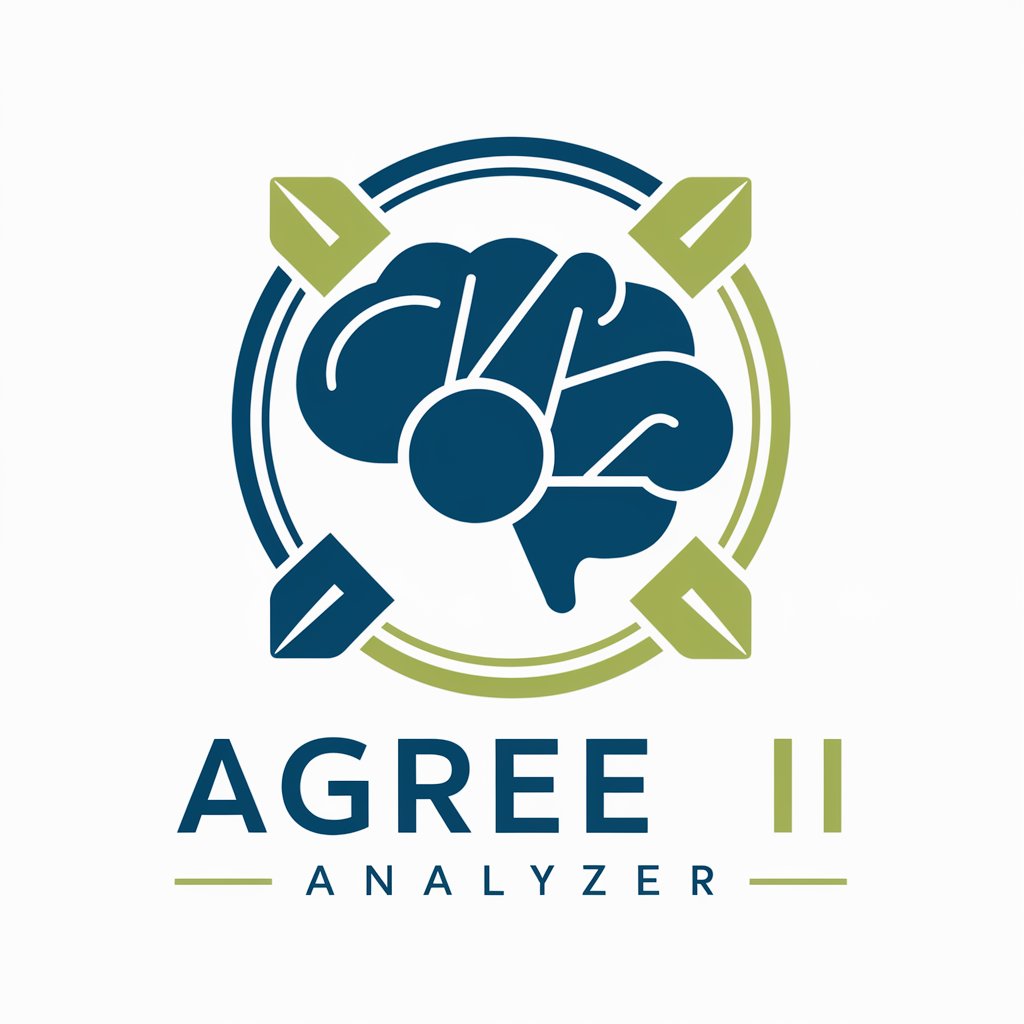
GPT Iskolar
Elevating research with AI precision.

Realtime News
Stay Informed, Interact, and Personalize

CAN
Elevate Video Creativity with AI

CAN
Empower your coding with AI

Can It
Craft Your Can, Powered by AI
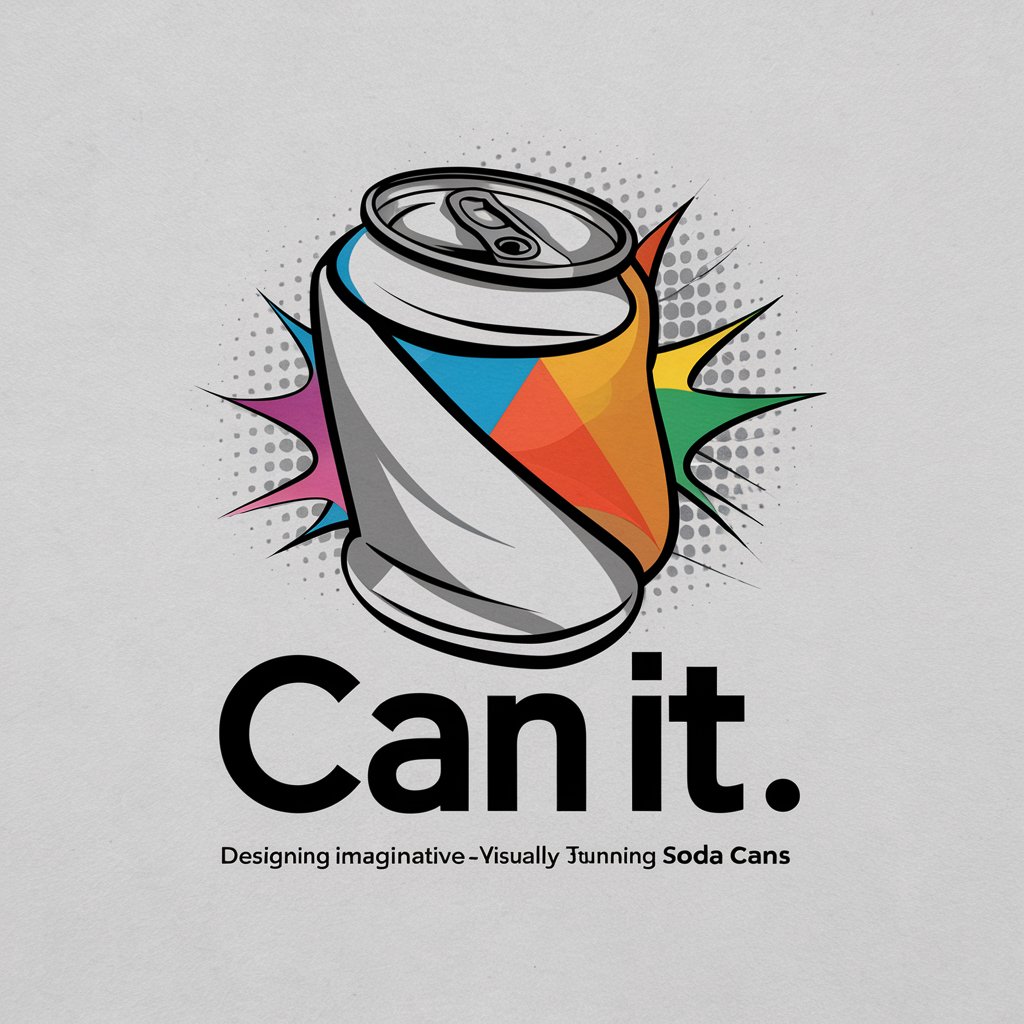
Common Questions about AGREE-II
What is AGREE-II?
AGREE-II, or the Appraisal of Guidelines for Research & Evaluation II, is an internationally recognized tool designed to assess the quality and reporting of clinical practice guidelines. It helps identify potential bias and ensures guidelines are methodologically sound.
Who should use AGREE-II?
Healthcare professionals, policymakers, researchers, and guideline development groups can use AGREE-II to critically appraise the quality and reliability of clinical practice guidelines.
Can AGREE-II improve guideline development?
Yes, by providing a structured evaluation framework, AGREE-II can guide developers in creating high-quality clinical guidelines that are clear, transparent, and based on the best available evidence.
How often should guidelines be evaluated with AGREE-II?
Guidelines should be evaluated with AGREE-II both during their development for internal quality assurance and post-publication for external assessment by end-users.
What makes AGREE-II unique compared to other evaluation tools?
AGREE-II's comprehensive focus on six key domains, international recognition, and adaptability across various health topics and settings make it a preferred choice for guideline assessment.
